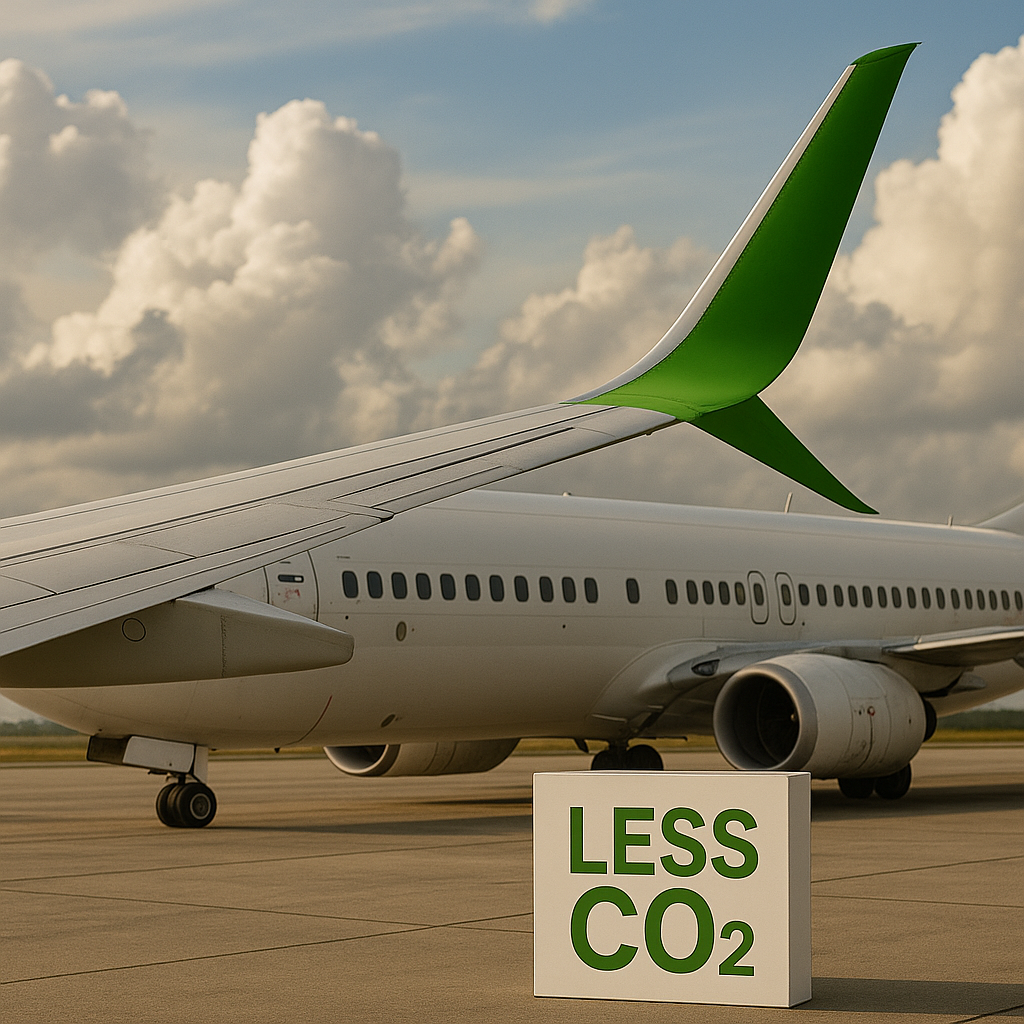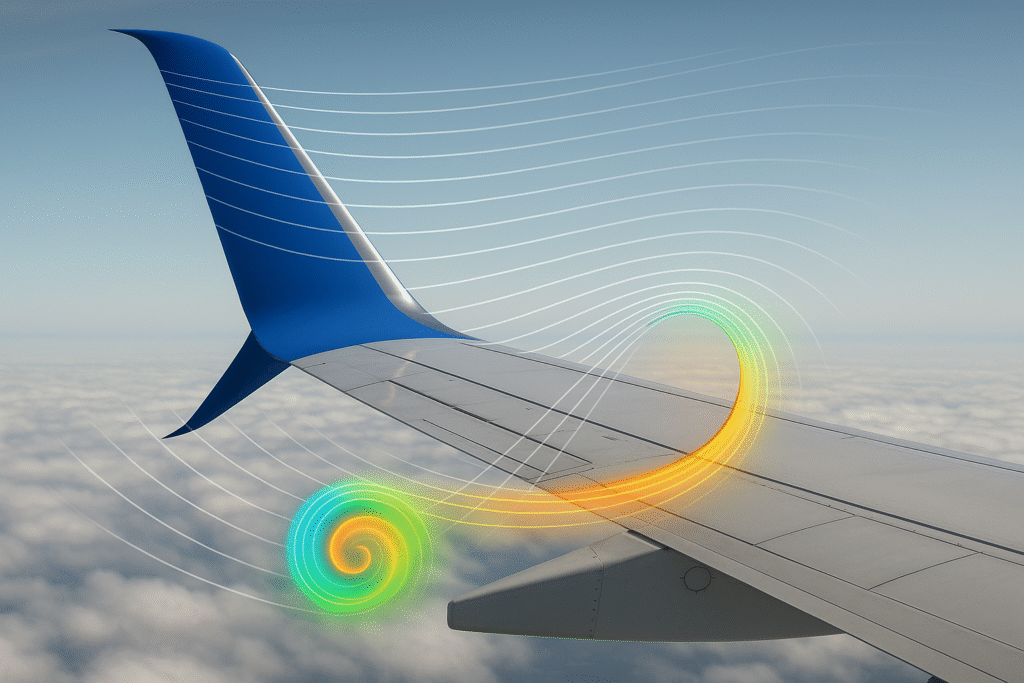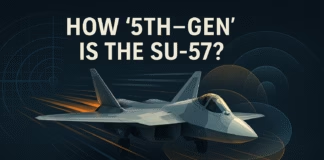How Winglets Cut CO₂: Sustainability Wins Without a New Airframe
Airlines don’t have to wait for brand-new aircraft to fly greener. One of the most proven, quick-payback upgrades is already on the tips of millions of wings: winglets (Airbus calls its version Sharklets). By reducing induced drag—the penalty you pay for creating lift—winglets lower fuel burn and directly cut CO₂ on every sector. For many fleets, that’s 3–5% fuel saved on typical missions, with certain designs and profiles pushing a bit higher. Multiply that by thousands of hours per year, and the climate and cost impact is real.
The physics in plain English
Any wing creates swirling air at the tips (vortices). Those vortices tilt the lift vector back, which shows up as induced drag. Winglets act like a carefully shaped fence and extension that weakens the tip vortex and increases effective wingspan without changing gate span limits. To visualize the fundamentals, see NASA — Induced Drag and NASA — Winglets.
Less induced drag at climb and cruise = less thrust required = less fuel burned = lower CO₂. A common planning factor is that burning 1 kg of jet fuel produces ~3.16 kg of CO₂—so even small fuel deltas compound into big annual carbon savings.
Example: A narrow-body that burns ~2,500 kg on a 2-hour leg saves ~100 kg with a 4% winglet gain. That’s ~316 kg of CO₂ avoided per flight. Five flights/day, 320 days/year = ~50,000 kg fuel and ~158,000 kg CO₂ avoided—per aircraft.
How much CO₂ do winglets actually save?
It depends on aircraft type, mission length, and winglet design, but typical real-world ranges are:
- Blended winglets / Sharklets (single-aisle): ~3–4% block fuel reduction on short/medium haul
- Split-tip or advanced designs: often another 1–2% on top of blended performance, especially at higher weights/altitudes
- Wide-bodies: low single digits on long-haul, trending higher on heavy takeoff/climb segments
For specifics, compare major offerings: Airbus Sharklets retrofit and Aviation Partners Boeing Split Scimitar Winglets publish missionized savings ranges you can benchmark against your routes and loads.

Why winglets beat “do nothing” (and sometimes even beat new jets)
- Immediate impact: Retrofits can be installed during heavy checks; savings begin on day one.
- No cabin or route disruption: Same airplane, same crews—just a cleaner wing.
- Gate-span friendly: Airports restrict wingspan; vertical winglets yield many benefits of a longer wing without violating gate codes.
- Stackable with other levers: Pair winglets with SAF, optimized routing, and load planning to compound CO₂ cuts.
Want fleet-level context on airframes and retrofits? Explore our hubs: Commercial Aircraft and Cargo Aircraft.
Winglet types (and what they’re best at)
- Wingtip fences (early A320s): Simple, robust; modest drag cuts.
- Blended winglets / Sharklets: Smooth, curved transition that reduces interference drag; the mainstream retrofit for single-aisles.
- Split-tip (e.g., split scimitar): Adds a downward tip and redesigned transition, squeezing extra percent or two by reshaping vortex roll-up.
- Raked tips: Big, swept extensions common on some wide-bodies—typically part of a new wing rather than a retrofit.
For performance implications you can feel as a passenger (quieter climbs, lower fuel burn), skim In-Flight Experience Reviews.
Where the savings show up in the flight profile
- Climb and initial cruise: Induced drag is proportionally higher at low speeds/high lift → biggest winglet payback here.
- High-altitude cruise: Still additive, especially on heavy or long-range missions.
- Descent/approach: Minor effect (drag is mostly parasitic), but the day’s big gains are already banked.
Do winglets always pay back?
Nearly always on high-utilization aircraft, but mission and fuel price matter.
- Utilization: The more you fly, the faster the payback (often 2–4 years under typical fuel prices).
- Stage length: Medium legs benefit most; very short hops spend proportionally less time in efficient cruise.
- Weight and altitude: Heavier ops (freighters, high-density configs) and higher-altitude cruise often see better returns.
- Maintenance: Modern designs add little upkeep; inspections fold into routine checks.
If you’re weighing a retrofit, manufacturer and STC data sheets provide mission-specific deltas. Use those to model savings tail-by-tail and route-by-route.
Sustainability accounting: how winglets help your ESG story
- Scope 1 reduction: Winglets cut direct fuel burn, making them straightforward to quantify in ESG reports (fuel metered vs baseline).
- Finance-friendly: Proven tech with measurable returns strengthens green-finance narratives and can support sustainability-linked lending.
- Works with SAF: Winglets reduce the baseline burn; sustainable aviation fuel then multiplies lifecycle CO₂ benefits—see IATA’s SAF explainer for definitions and pathways.
Retrofit checklist for operators
Measure & verify. After EIS, track fuel/SFC by tail and route; iterate the fleet plan based on real savings.
Build your baseline. Use 6–12 months of fuel/performance data by route, weight, and season.
Model the deltas. Ask suppliers for missionized savings (not just brochure numbers).
Plan downtime smartly. Align installation with a heavy check to avoid extra out-of-service days.
Train flight ops. Brief performance changes, rotation cues, and updated performance software tables.

Common questions (quick answers)
Do winglets help on short haul?
Yes—savings per leg are smaller, but high daily cycles add up.
Why not just buy a new airplane?
New jets can save 15–20%+, but capital and lead times are huge. Winglets deliver immediate, lower-risk savings on the jets you already own or lease.
Handling changes?
Slightly—often for the better in climb/turn performance. Certification and updated performance tables keep the envelope protected.
Noise?
Often a touch quieter on climb (less thrust needed for the same gradient) and, more importantly, lower emissions over time.
Beyond airlines: cargo and business jets
- Freighters: Heavy takeoffs and long cruise segments = excellent winglet economics, plus big annual CO₂ reductions for shippers tracking Scope 3.
- Business aviation: Range and resale value matter; winglets can add hundreds of nautical miles and improve hot-and-high performance.
How winglets fit a broader decarbonization plan
Think of winglets as a foundational layer you stack with:
- Operational excellence: Continuous climb/descent, better route planning, accurate weights.
- SAF: Cuts lifecycle CO₂; winglets make every gallon go further.
- Cabin/weight programs: Lighter interiors, smarter cargo loading.
- Future tech: When new-gen airframes or engines arrive, you’re starting from a lower baseline burn.
Bottom line: Winglets are a rare sustainability tool that’s proven, certifiable, and immediately bankable. Install them once, and they work quietly on every takeoff, every climb, and every cruise—turning aerodynamic nuance into lower fuel bills and lower CO₂ for years to come.






